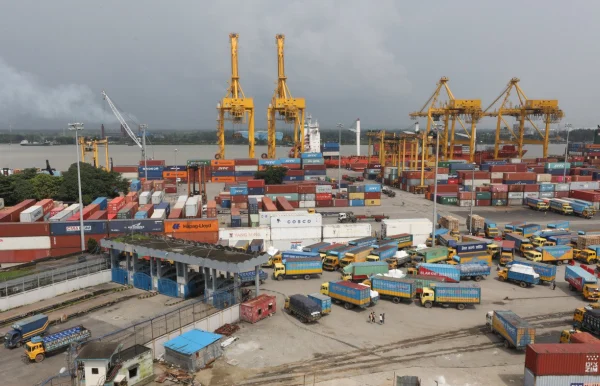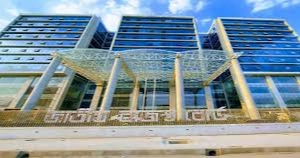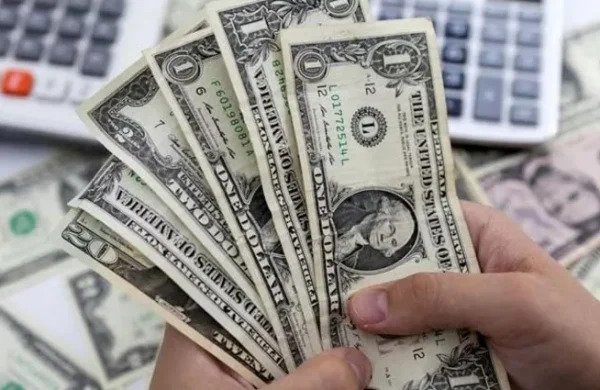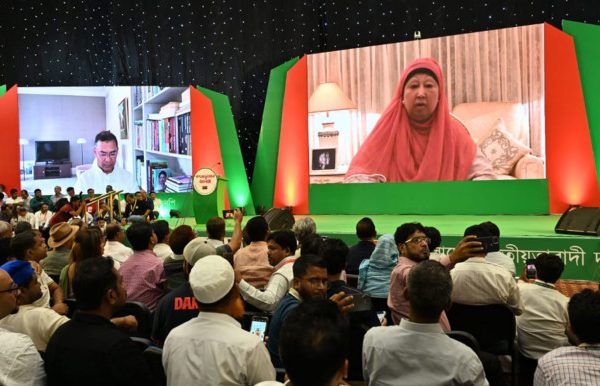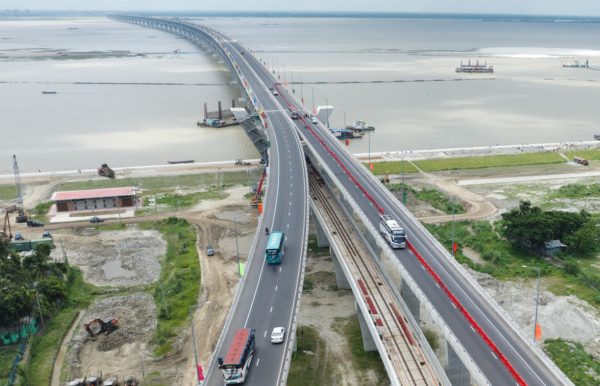Hides and skins sector fears export slowdown
- Update Time : Tuesday, November 8, 2022

Rehennuma Tarannum
Traders, manufacturers and exporters of hides and skins products are in fear of export slowdown in the upcoming days due to the post-Corona global recession and rise in inflation in the United States and European countries during the ongoing Russia-Ukraine turmoil.
According to EPB data, exports of leather and leather products have been steadily increasing since 2010. Exports increased to $1.23 billion in the financial year 2017-18. Since then, exports of hides and skins products have declined for three consecutive years. In 2018-19, the export income from this sector decreased to 1.02 billion dollars. During the Corona epidemic, the export income from this sector decreased to 797.6 million dollars in the financial year 2019-20.
However, in the financial year 2020-21, the export of leather goods increased by 18 percent to 941.6 million dollars over the previous financial year.
In the financial year 2021-22, foreign exchange earnings from this sector were recorded. Total exports in this sector that year were 1.25 billion dollars, which is 32 percent more than the previous year. Export of leather and its products is on the upward trend in the current financial year 2022-23. Leather exports have increased by 17 percent during July-October this year. Exports of goods during this period amounted to 428.5 million dollars, which was 364.9 million dollars in the same period of last fiscal year.
Entrepreneurs also point to reduced purchases of luxury goods such as leather, higher production costs and shrinking purchase orders in export destinations due to inflation.
In this situation, they feel that it is important to increase the capacity of the exporters of the leather and footwear industry to survive in the competition with Vietnam, Indonesia, India and Brazil. The Leather Goods and Footwear Manufacturers and Exporters Association of Bangladesh has demanded the inclusion of development projects Program to Support Safety Retrofits and Environmental Upgrades (SREUP) to increase the capacity of the leather and footwear industries like the garment industry.
The entrepreneurs of the leather and footwear industry had written to the Ministry of Commerce last October requesting to involve the members of the organization in this project.
In the last three months of the year, purchases of luxury goods such as leather are forecast to fall by 22 percent in the UK, 14 percent in Spain, 12 percent in Italy and 11 percent in France and Germany, the letter said. Basically, entrepreneurs in this sector want to join this scheme with easy access to finance to take necessary initiatives to achieve global compliance. Since 2019, Bangladesh Bank has been implementing SREUP, a security reform and environmental development project of the garment sector with the support of various development partners and the government.
The organization’s president, Syed Nasim Manzoor, said in a letter to the Ministry of Commerce that, the government’s initiative to make the textile industry environment-friendly is playing a vital role in increasing the competitiveness of exporters. These sectors have to export products with the same buyers, brands and constant compliance pressure.
The managing director of Apex Footwear Limited said, “Leather and footwear industry has not been included in such easy terms (5 percent interest rate), quick and long-term funding.”
He highlighted three reasons to include entrepreneurs in this sector in the SREUP project to strengthen global compliance and increase international competitiveness.
“The textile and leather and footwear industries export products to other markets including Europe, Japan and the US,” the letter pointed out demanding inclusion in the scheme. Leather and footwear industry sector is challenged with high interest rates in export destinations and overall business slowdown.
The letter also revealed that, the association in collaboration with the Leather Sector Business Promotion Council (LSBPC) has already ordered electrical assessment and hazard mitigation in leather goods and shoe factories. But it is not possible to provide the additional investment required in infrastructural development to achieve these compliances.
Nasim Manzoor said, “Inclusion of leather goods and footwear industries in the ongoing projects of SREUP will lead to more factories coming forward for factory renovation and upgrading by taking loans from the fund. Financing renovation work is quite difficult for medium and small scale factories. Various security initiatives are facing challenges due to long process of loan application and approval, high and unattractive interest rates. In this case, by including in this scheme, support and enforcement of sustainable financing of factories will be provided. Capacity building measures will strengthen this industry in the global market.”
According to a new report by Grand View Research, the global leather goods market size could reach $624.08 billion by 2028. China accounted for 30.3 percent of the global export value of leather goods exported in 2020, making them the leading leather exporter, according to global business data platform STATISTA.
Italy’s and France’s share of the global export market during the same period was 17.8 percent and 14.8 percent respectively. Other Asian countries such as Vietnam and India also had a share in the global export market. Vietnam had 6.4 percent and India 2.6 percent, sources said.



